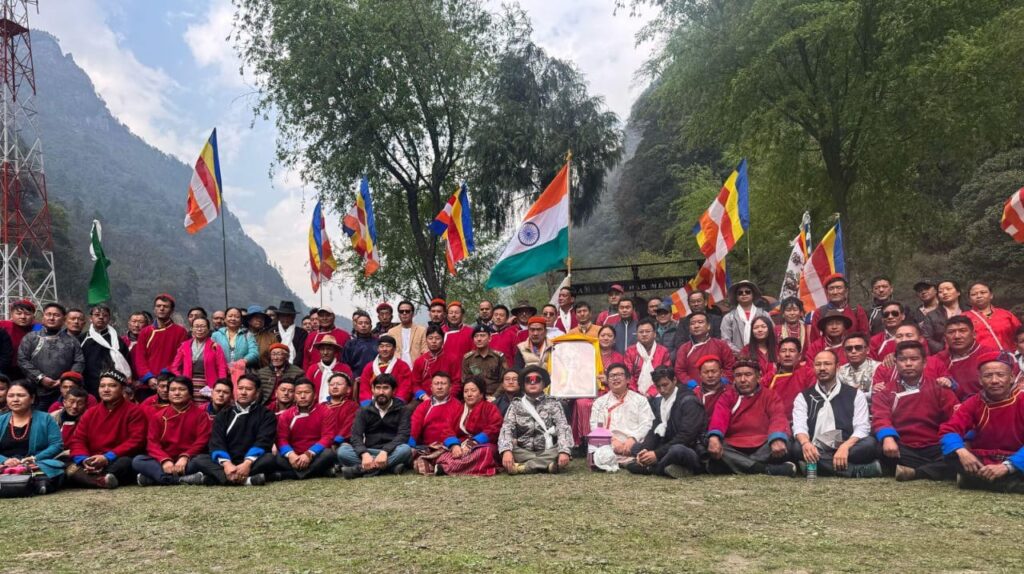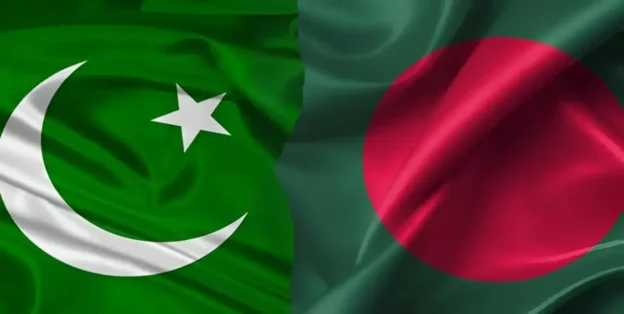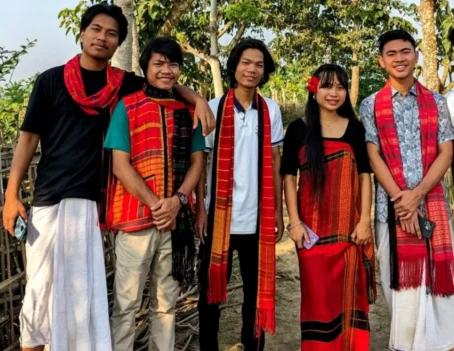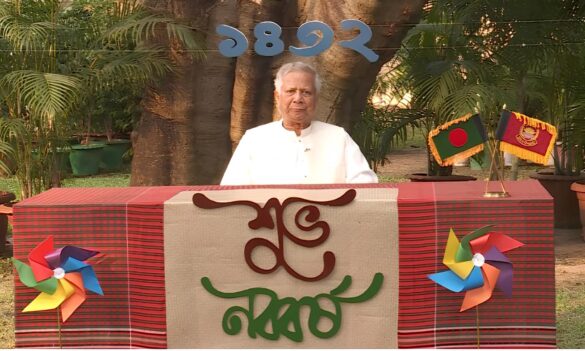Amid the rugged, windswept landscapes of Tawang, a journey steeped in history and resilience unfolded today. As many as 300 people, from village headmen and Buddhist monks to Indian Army jawans and eager tourists, embarked on the historic “Freedom Trail” trek, retracing the very route taken by His Holiness the 14th Dalai Lama, Gyalwa Tenzin Gyatso, when he fled Tibet in 1959. This six-day odyssey, beginning at Khen-Dze-Mani in Zemithang, will culminate at the revered Tawang Monastery on April 5, symbolising a deep connection between past and present, struggle and survival.
The event, meticulously put together by the District Administration of Tawang, commenced with an evocative inaugural ceremony. Against the backdrop of towering mountains and fluttering prayer flags, the gathering opened with long-life prayers for His Holiness, followed by vibrant cultural performances by monks and villagers. While the journey is primarily a homage to the Dalai Lama’s escape—marking the path he traversed from Tsona in Tibet into India via the Lhasa Dwar—it carries profound strategic significance. With every step, the trekkers reaffirm India’s enduring civilisational and cultural ties with Tibet, sending an unmistakable message to China that this bond is not merely historical but alive and unyielding.
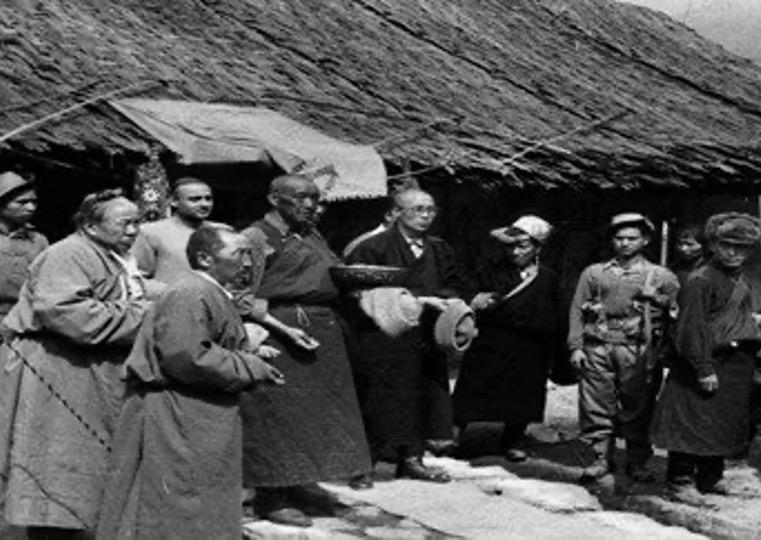
This sentiment was echoed during the inauguration by Lumla MLA Tsering Lhamu, who reminded those present that the relationship between India and Tibet is not bound by borders but by centuries of shared heritage, faith, and understanding. “The bond between our people transcends political lines,” he stated. Emphasising the spiritual and historical depth of the journey, he added, “As we walk this Freedom Trail, we draw strength from the wisdom of His Holiness the Dalai Lama, carrying forward his message of peace, resilience, and hope for a harmonious future.” Chairman of the Department of Karmik and Adhyatmik Affairs (DoKAA), Jambey Wangdi, also urged participants to embrace the Dalai Lama’s teachings in their daily lives.
The first leg of the journey covered a modest three kilometres from Khen-Dze-Mani to Chhu-Dang-Mo, a place where prayers and cultural exchanges marked the day’s end. At precisely 12:03 PM, the trek was officially flagged off by Chairman DoKAA Jambey Wangdi and MLA Tsering Lhamu, with Indo-Tibetan Border Police (ITBP) jawans ceremoniously receiving a portrait of the Dalai Lama and a branch of the holy tree at Chhu-Dang-Mo, honouring the sacredness of the journey. The challenge intensifies with each passing day, and tomorrow, participants will embark on a gruelling ten-kilometre trek to the historic Gorzam Chorten, a site deeply intertwined with the region’s spiritual lineage.

The route to Gorzam Chorten is not just a physical passage but a journey through layers of history. It bears the footprints of Guru Padmasambhava, the Vajra Guru who carried Buddhism from Nalanda across the Himalayas, spreading its teachings through present-day India, Bhutan, Nepal, and Tibet before it flourished in Southeast Asia. The Gorzam Chorten, where the Dalai Lama rested during his flight from Tibet, shares architectural and theological ties with sacred sites like Nepal’s Boudhanath Stupa, Bhutan’s Chorten Kora, and Tibet’s Samye Monastery—the first Buddhist monastery in Tibet, built by King Trisong Deutsen under the aegis of Guru Padmasambhava. Samye fell to the destruction of the Chinese Cultural Revolution before its revival in 1988. These monuments stand as silent witnesses to centuries of faith, endurance, and the trials of history.
The trek which spans 100 kilometres over 43 demanding hours, attracted not just seasoned trekkers but also curious locals and tourists eager to immerse themselves in the poignant narrative of the Freedom Trail. “I am fascinated by the resilience of those who endured suppression in Tibet, yet I am heartened that our spirituality and traditions continue to thrive,” remarked a tourist who travelled to Zemithang after learning about the event. This convergence of people—pilgrims, historians, soldiers, and seekers—turns the trek into a living chronicle of perseverance and shared destiny.
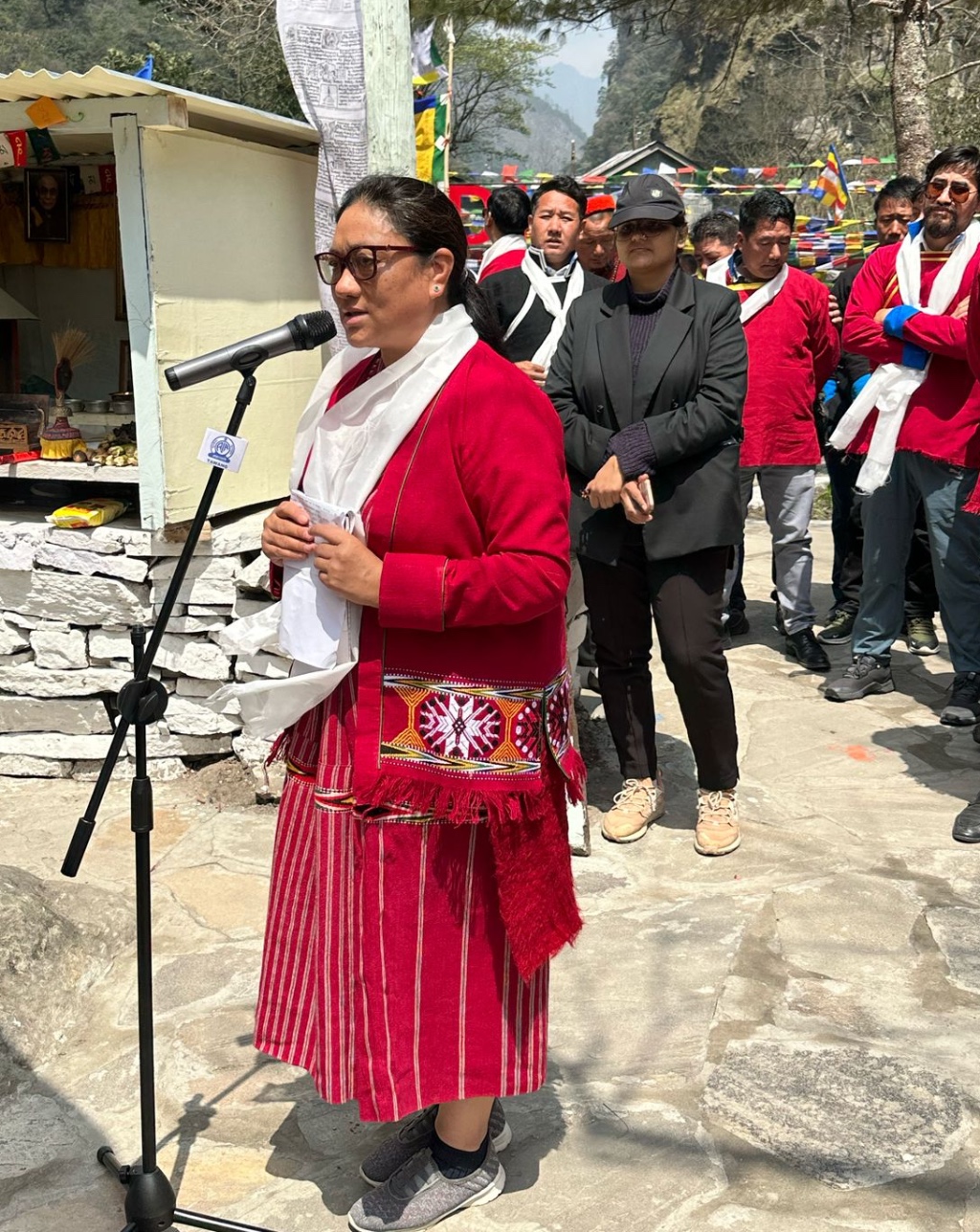
As the final day nears, the District Administration, under Deputy Commissioner Kanki Darang, has extended an open invitation to all who wish to witness the trek’s culmination at Pungteng, Tawang. More than a conclusion, this moment will mark a powerful reaffirmation of a journey that transcends time.
Besides the dedicated efforts of the district administration and Lumla’s representatives, the event is being coordinated by Additional Deputy Commissioner Lungla Tashi Dhondup and EAC Jemeithang Deewan Mara. Deputy Commissioner Darang, while applauding their commitment, paid tribute to the brave soldiers who made the supreme sacrifice defending India’s borders in 1962.
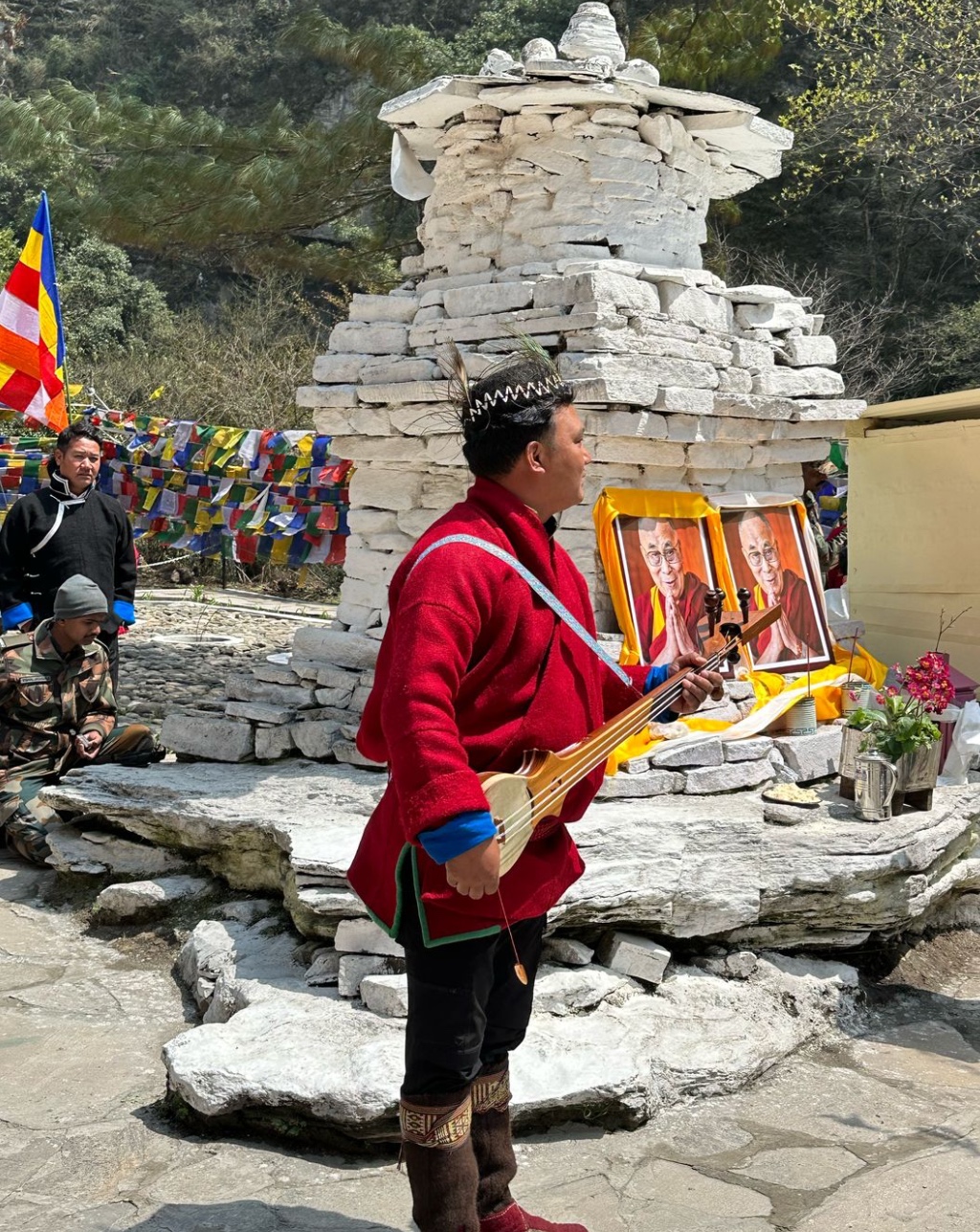
Addressing the gathering, the Tibetan Settlement Officer from Bomdila and Additional DC Lungla Tashi Dhondup both underscored the event’s profound spiritual and cultural significance. More than just a trek, the Freedom Trail is a testament to the resilience of faith, the strength of history, and the unwavering ties that continue to bind India and Tibet in an unbroken legacy of shared heritage.

